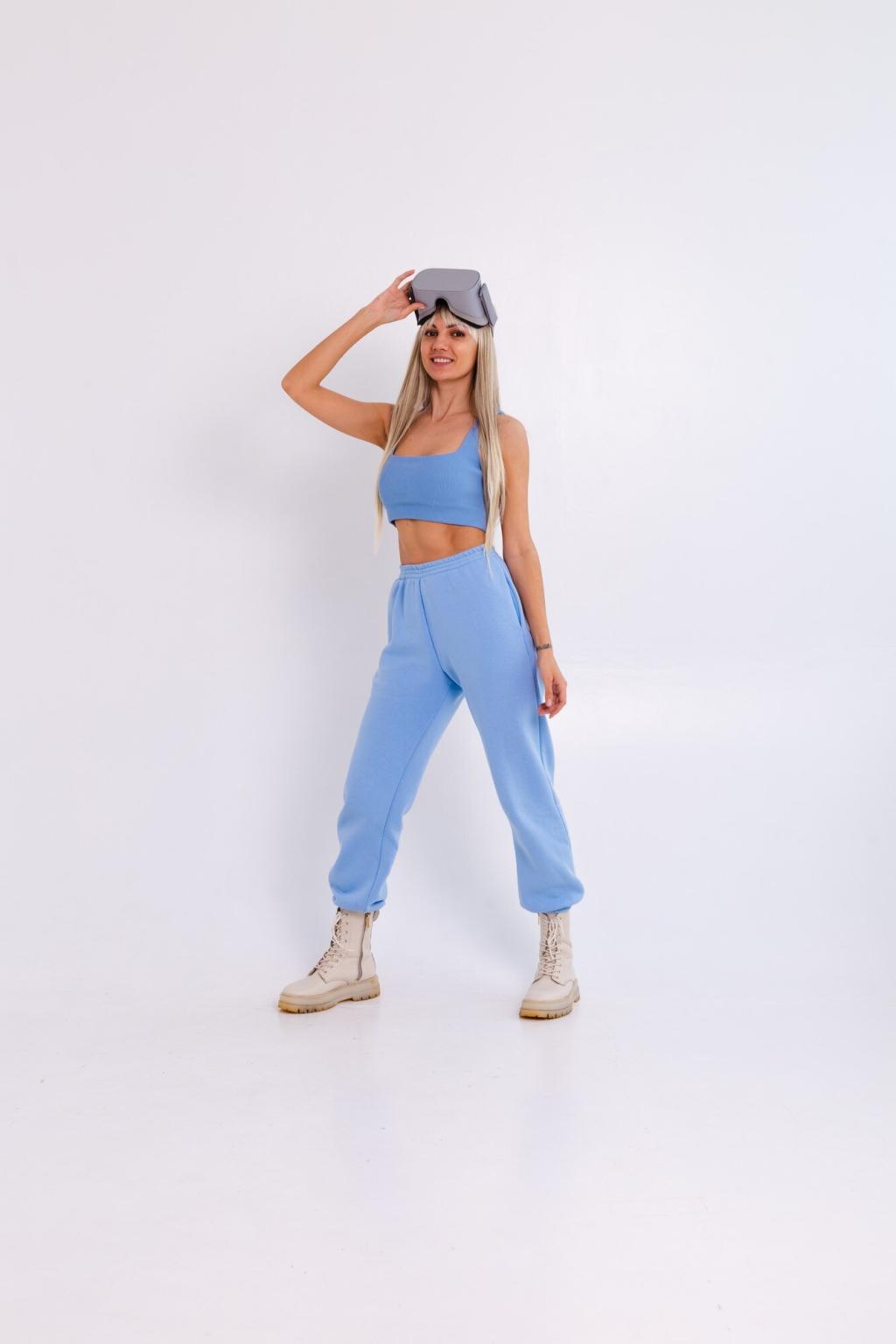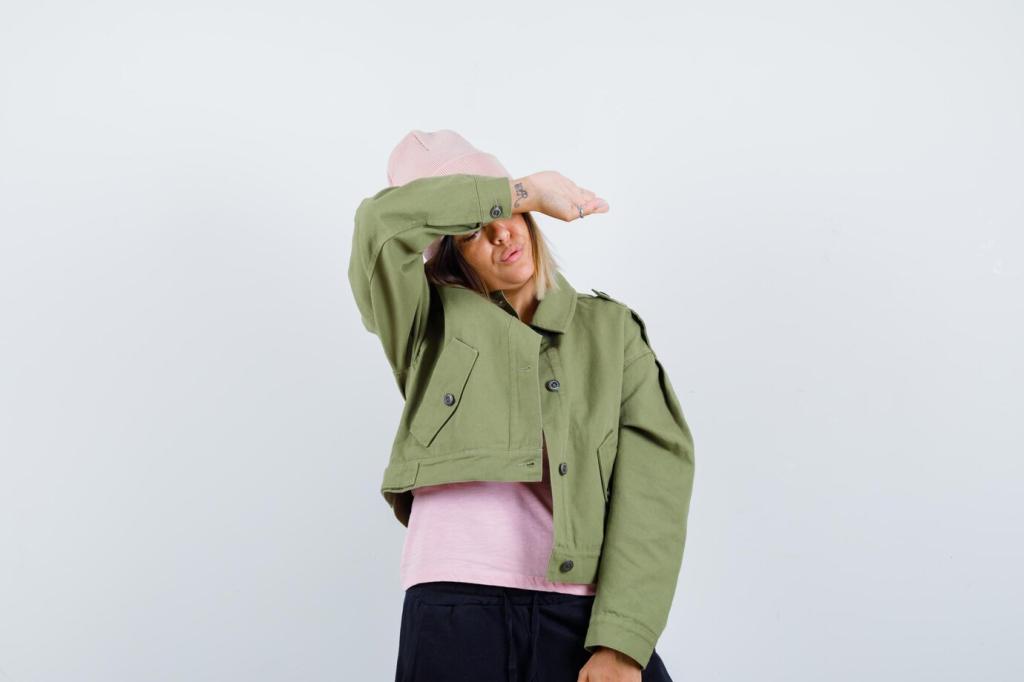Sustainable Fabric Innovations
Sustainable fabric innovations are redefining the way we approach fashion, textiles, and product design. These breakthroughs prioritize environmental responsibility by utilizing renewable resources, minimizing waste, and reducing ecological impact throughout the lifecycle of a material. With increasing global awareness around the need for sustainable solutions, fabric innovations are at the forefront of a transformative movement, integrating new technologies and novel processes to bring forward quality, durability, and ecological harmony.

Plant-Based Fibers Redefining Textiles

Bamboo: The Rapidly Renewable Wonder
Bamboo fabric has captured the imagination of sustainable fashion thanks to its exceptionally fast growth and minimal resource requirements. Unlike conventional cotton, bamboo thrives without pesticides or synthetic fertilizers and replenishes rapidly after harvesting. The resulting textile possesses natural antibacterial properties, breathability, and a soft, silky texture, making it a favorite for eco-conscious designers. However, processing bamboo into fabric can be chemical-intensive unless mechanical methods are used, meaning ongoing innovation is key to ensuring the sustainability of bamboo textiles. Future breakthroughs in clean processing are poised to unlock the full environmental potential of this remarkable plant.

Hemp: Ancient Crop with Modern Appeal
Hemp has been cultivated for thousands of years, but only recently has it emerged as an eco-friendly textile marvel. This fast-growing plant requires little water and no pesticides, and it helps regenerate soil health through phytoremediation. Hemp fabrics are known for their durability, breathability, and natural resistance to ultraviolet light and mold, making them ideal for a variety of applications in clothing and home goods. Its coarser texture softens with washing and wear, offering products that genuinely improve over time. As new spinning and blending techniques improve the feel and versatility of hemp textiles, their integration into mainstream markets is expected to expand significantly.

Banana Fiber: Turning Waste into Fabric
Banana fiber exemplifies the powerful potential of upcycling agricultural waste. Derived from the stalks of banana plants that are typically discarded post-harvest, this material is both strong and lightweight. Banana fiber fabrics possess a lustrous quality similar to silk and can be blended with other sustainable materials for improved performance. Its production also fosters economic opportunities in rural farming communities, contributing to a more circular economy. Continued development of extraction and spinning techniques enables manufacturers to consistently offer banana fiber fabrics with enhanced softness, strength, and environmental benefits compared to traditional options.
Previous slide
Next slide
Mycelium Leather: Fungi-Powered Innovation
Mycelium leather derives from the root systems of fungi, cultivated in controlled environments to produce sheets of material that resemble animal hides. These bioengineered fabrics are biodegradable, cruelty-free, and can be tuned for flexibility, thickness, and finish. Without the environmental costs of livestock farming and chemical tanning, mycelium leather offers brands a genuine alternative to traditional leather, in both look and function. Research is rapidly improving its durability, appearance, and scalability, paving the way for its broader adoption in fashion and accessories in the near future.
Bacterial Cellulose: A Gentle Revolution
Bacterial cellulose is produced when strains of bacteria ferment plant sugars, spinning ultra-fine fibers that are then harvested as a wet sheet and dried into a versatile film. This process creates a material that is incredibly lightweight, strong for its thickness, and completely biodegradable. Its natural gloss and smooth touch are being explored for luxury applications, as well as for technical uses in sports and medical apparel. The ability to tailor bacterial cellulose for flexibility or rigidity according to end-use needs further sets it apart as an innovative, adaptive fabric of the future.
Waterless and Low-Impact Dyeing Technologies
Supercritical CO₂ dyeing uses pressurized carbon dioxide as a solvent to infuse textiles with vibrant, even coloration—completely eliminating the need for water during the dyeing process. This closed-loop system allows easy recovery and reuse of both CO₂ and dye, significantly reducing emissions and waste. By bypassing the traditional reliance on water and toxic chemicals, CO₂ dyeing offers a sustainable pathway especially suitable for synthetic fabrics like polyester. As the technology matures, it promises cost savings and a vastly cleaner manufacturing process.
Previous
Next
Closed-Loop and Circular Fabric Solutions
01
Cradle-to-Cradle Certified Fabrics
Cradle-to-cradle certification ensures that a fabric has been designed for a circular lifecycle, with careful selection of safe materials and consideration for environmental impact at every stage—from raw material extraction to end-of-life disposal. This means fibers and dyes are non-toxic, processes are energy-efficient, and products can return safely to either the biological or technical cycle. Brands adopting cradle-to-cradle principles showcase a supply chain that’s both transparent and forward-looking, leading the movement toward regeneration rather than mere sustainability.
02
Fiber-to-Fiber Recycling Systems
Fiber-to-fiber recycling transforms old textiles directly into new fibers with characteristics nearly identical to those sourced from virgin resources. This is achieved through sophisticated sorting, purification, and regeneration technologies that can handle blended materials like cotton-polyester or nylon-elastane. Such systems overcome the traditional challenges posed by mixed or contaminated fabrics and are rapidly approaching commercial viability. Successful implementation of fiber-to-fiber recycling would fundamentally reduce the industry’s reliance on exhaustible resources while keeping textiles within a perpetual usable cycle.
03
Compostable and Biodegradable Textiles
Textiles designed for compostability and biodegradability address the problem of fashion waste at the source, ensuring materials break down safely at the end of their useful life. By sourcing fibers and finishes free from persistent chemicals, brands can create products that return nutrients to the earth within months under appropriate conditions. Compostable innovations are especially valuable for single-use or rapidly cycled products like packaging, hygiene goods, and fast fashion. Continued development is expanding the range and performance of biodegradable textiles, offering responsible disposal solutions to consumers and industry alike.
Previous slide
Next slide

Localized and Low-Impact Production Models
Farm-to-fabric models emphasize direct relationships between textile producers and fiber growers, often within the same region. By shortening the supply chain, this approach lessens transport emissions and circumvents the opaque networks that contribute to overproduction and waste. Farmers benefit from fair, stable prices, while brands gain deeper insight into the environmental and social impacts of their raw materials. Emphasizing transparency, traceability, and accountability, farm-to-fabric supply chains are restoring trust and quality to the textile industry.

